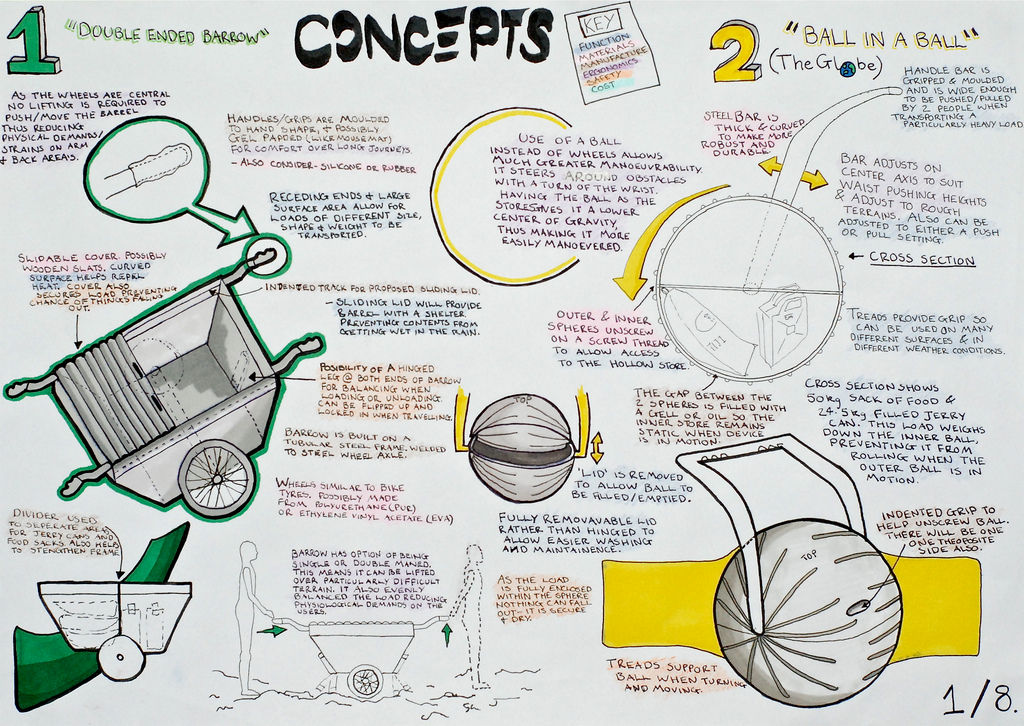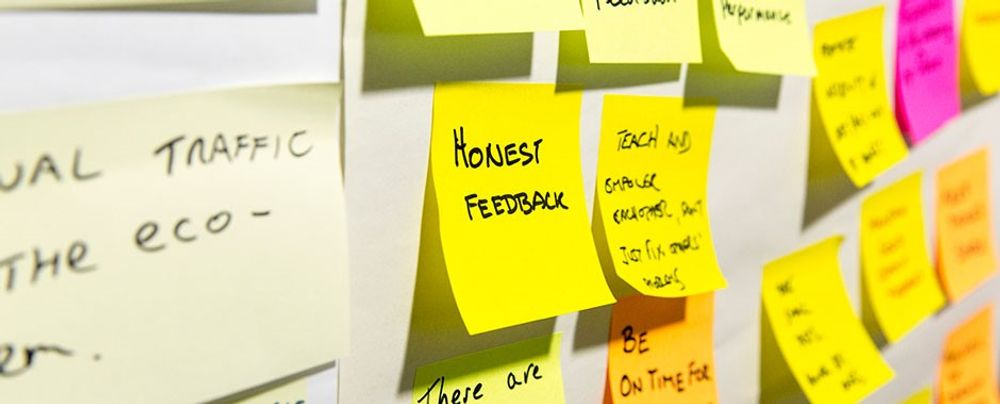It can be easy to get bogged down in developing features when we get into user experience design. It’s not that features aren’t important but that they are often secondary to the reason a customer or user buys our product. That reason is simple; the user buys the product to solve a real world problem for themselves.
In practice that means we have to see the product first. A feature may (or may not) be a useful part of a product but without the product the feature is a waste of space. A smartphone may be able to run apps for example but the primary use of a phone is communication. Apps may enhance the communication experience but without the ability to make calls, send texts, etc. apps would be of little value by themselves.
Therefore, designers should think in products first and features second.
Nikkel Blasse, the product and interaction designer at Xing, calls this product thinking.
What’s the Problem?
The first step of product thinking is to determine the problem that your users are looking to solve. That’s the reason that they will buy your product (as long as it actually solves the problem in a meaningful and valuable way).
If the problem you choose doesn’t actually exist or the solution you propose doesn’t actually solve the problem – your products are going to be worthless to users. Products without users end up at the scrap heap (often with the jobs of the people who created them).
Sure, there’s the possibility that if you get the solution wrong – you can fix it but if you solve a problem that doesn’t exist; there’s little you can do about that in the post-launch analysis.
Finding real problems is difficult sometimes. Even when you do a bunch of research – it’s possible that you will identify a problem that doesn’t exist. However, the right place to start is always by talking to would-be users.
Don’t forget that users may not be able to articulate their problems very well (it’s not their job as Steve Jobs would have said) so you may need to dig deep and do some real life observations as well as just talking to your users.
The Structure of Product Thinking

© Steven Depolo, CC BY 2.0
You begin with the user and determine:
What the problem is that you need to solve
The audience that you’re going to solve the problem for
Then you look at the job to be done:
Why are you doing this (what’s the vision behind it)?
Strategy – the how will we do this?
Finally you reach your outputs:
What goals are we setting? What exactly will we achieve?
What features will this manifest as? What will we do to reach our goals?
Solve the Problem First
It’s vital that your process delivers a solution that solves the problem. Features that enhance this solution are welcome but if you don’t solve the problem – the whole product is fluff nothing more. It’s important to remember that while Interaction Design and Visual Design can build something beautiful – it’s wasted without the product being useful.
Don’t Forget to Define the Product from a UX Perspective
This product is for: (Your Audience)
It will help them solve this problem: (The Problem)
We will do this by: (The Strategy)
We expect a working product to: (The Objective)
Once you’ve done this definition – you can move on to deciding on the features.
What Does Product Thinking Do for the Design Process?

© Jordanhill School D&T Dept, CC BY 2.0
It allows you to create features that matter for the users of your products. It lets you see the product in context and not as a combination of features and design efforts. It makes sure that you’re tackling meaningful problems. It reduces the risks of creating product failures (though nothing can eliminate these risks entirely).
It should also help shape the questions that a designer asks to develop products. It should give designers the confidence to say “no” when asked to introduce a feature that doesn’t support the solution. It should lead to leaner more effective products.
The Take Away
Product thinking enables designers to build better products. It’s a way of examining every design decision in context with the problem the user wants to solve. It should also extend the relationship between UX and product management.
However, for some product thinking is just a new buzzword that does not necessarily bring anything new compared, for example, to design thinking. Whether it is a new approach or not, you can use the concept product thinking as an advocacy tool. Maybe this term is easier to grasp for your manager, client, team, etc. So, analyse your internal audience and see what word makes more sense to accomplish your aims and convey your ideas!
Resources
Find out why Nikkel Blasse is convinced that Product Thinking is the next big thing in UX design here: https://medium.com/@jaf_designer/why-product-thinking-is-the-next-big-thing-in-ux-design-ee7de959f3fe
Find out why others disagree with him here: https://www.quora.com/What-is-the-difference-in-product-thinking-and-design-thinking
Reference:
Hero Image: Paul Townsend, CC BY-ND 2.0











